INTRODUCTION
Clinical data should be in standardized format in accordance with submission to FDA. Data Integrity is the key element for review by regulatory bodies. And, CDISC has paved "n" ways for validating clinical data to ensure the submission quality. Regardless, there are still high potential programming/data issues observed in clinical data. Many of these issues are not comprehensible when a programmer converts raw data to SDTM. But, if we miss squaring the clinical data conformance, we may undergo defective clinical data submission.
A clinical SAS programmer/CDISC SDTM expert can have the skill set for capturing a lot more programming/data issues since he/she plays with clinical data on a day to day basis. But aren’t we in high time to automate the reliability of the data conformance in the aspect of regulatory review?
Yes! Guess what – A SAS macro does that!
Here comes CDISC Checks!!!
It can ensure the data conformance and CDISC standard verification for the FDA submission.

Would it be impossible to expect such help in the real world?
A clinical SAS programmer can notify the data management team during study-live, thereby helping to re-investigate data issues.
Programmers get a consolidated list of critical errors in the SDTM package, so chances of sponsor finding are reduced.
When issues in SDTM are identified, programmers are supported in such a way that enables traceability of the data collected.
So what can be achieved?
Contribute to a better assessment of the quality of clinical data
To comply with CDISC/ FDA guidelines
To perform the checks which are yet to be integrated to Pinnacle 21 Validator
Skills:
Has a strong understanding of SDTM and data compliance.
Not a wallflower- but also user friendly
Expertise in various skills: [Structure Compliance, Cross-domain verification, cross variables verification, data/terminology]
Can distinguish between the programming error/data issue and the criticality of the issue.
Can draw a distinction between pinnacle vs non-pinnacle checks, which are mainly CDISC/SDTM IG 3.2 compliance checks.
Can be integrated with all kinds of SAS environments and set-ups.
Can highlight the issues in a detailed manner like the SDTM domain, its variable, and the value within it where the issue occurred.
Can help in the traceability of data collected from EDC, to ensure data integrity.
Can be a great input for documenting the issues that needs to be addressed in Reviewer’s guide.
Can capture more issues with Low detection limit.
How it works?
Once the SDTM dataset is clinically evaluated by the CDISC Checks, Open CDISC Validator/Pinnacle 21 won’t surprise the SAS programmer about the quality of SDTM domains.
FUTURE GOALS
What does the next level look like?
Expand the knowledge in incorporating the therapeutic area-specific checks.
Checks corresponding to all regulators (eg: FDA/EMEA/PMDA)
Compliance checks for ADaM conformance.
Compliance checks for Non-clinical data (SEND)
To find out more about how Zifo can help with your clinical biometrics please email us directly at info@zifornd.com


